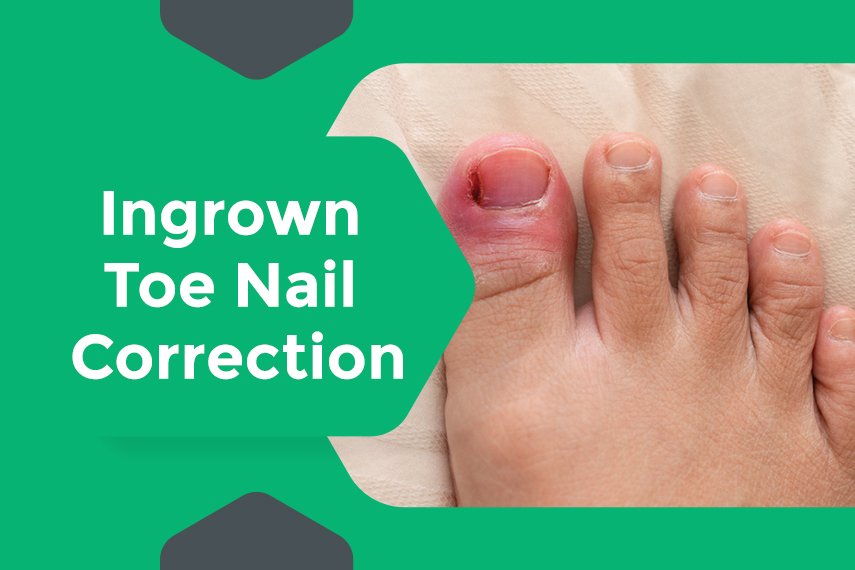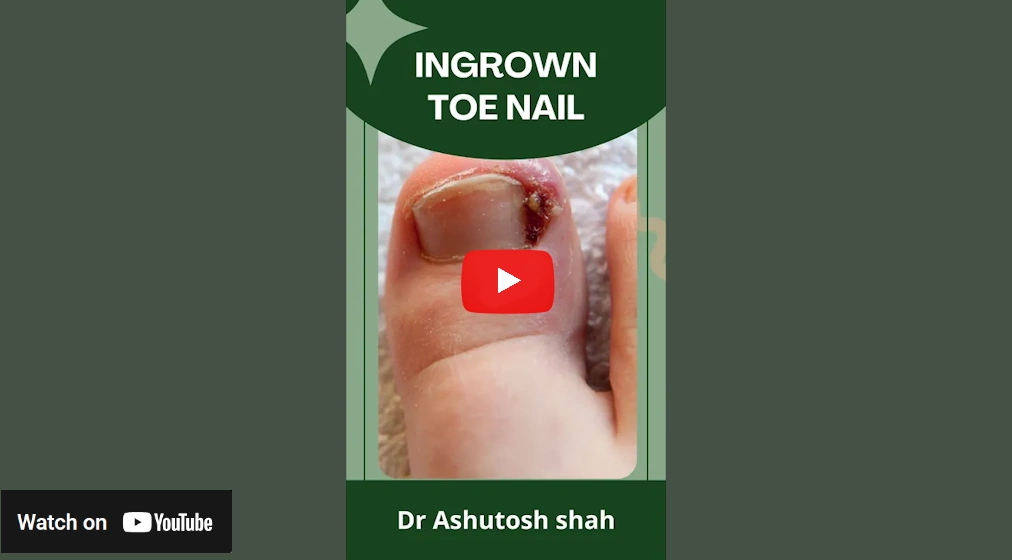Ingrown Toenail Correction

Introduction
Ingrown toenails occur when the edges or corners of the toenail grow into the surrounding skin, causing pain, redness, swelling, and sometimes infection. This common condition often affects the big toe. At Surat Diabetic Foot Care, we provide expert correction of ingrown toenails to alleviate pain and prevent complications.
Signs & Symptoms
-
Pain and tenderness along the sides of the toenail
-
Redness and swelling around the nail
-
Infection signs such as pus or drainage
-
Hardening of the skin around the affected area
When to Consult a Doctor
-
Persistent pain and tenderness
-
Signs of infection (pus, redness, and swelling)
-
If the condition does not improve with home care
-
If you have diabetes or poor circulation
Treatment Offered
Our treatment for ingrown toenails includes:
Partial nail removal: Removing the edge of the nail to prevent it from digging into the skin.
Total nail removal: In severe cases, the entire nail may be removed.
Antibiotics: To treat any existing infection.
Nail matrix ablation: To prevent the nail from growing back.

